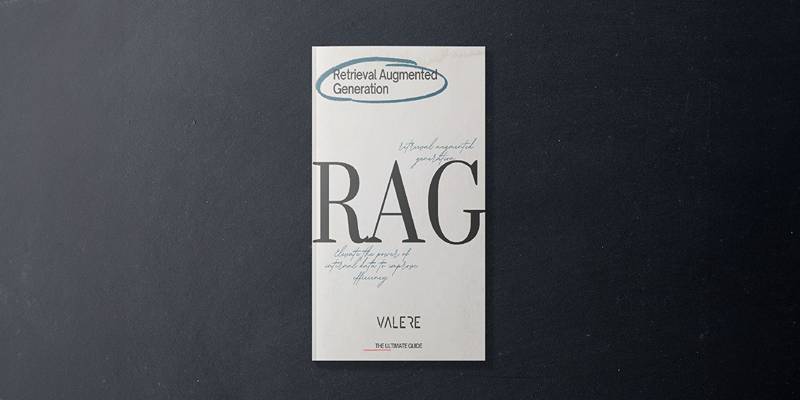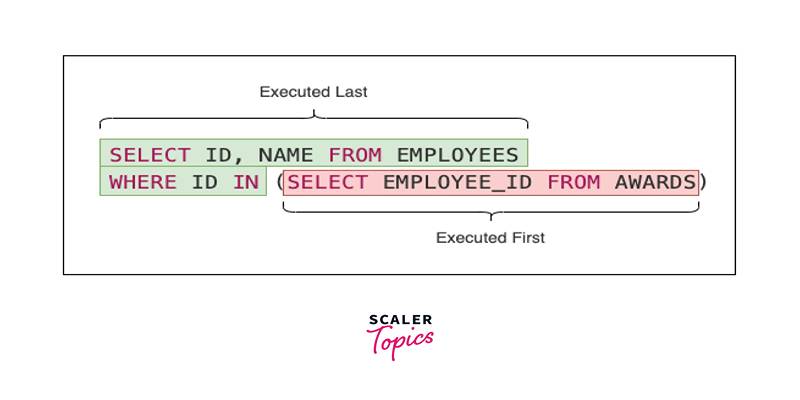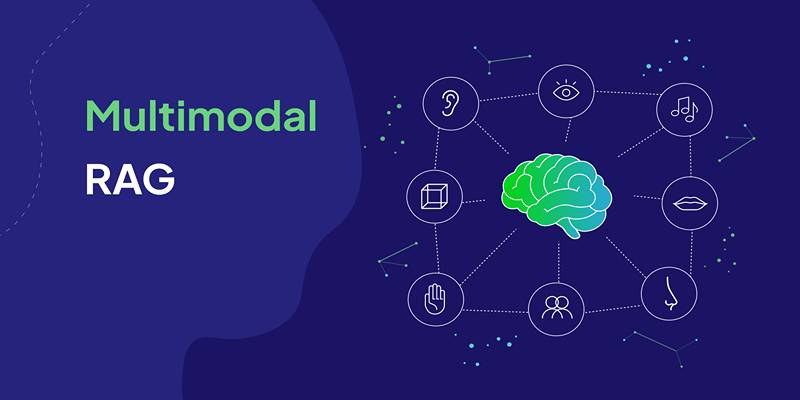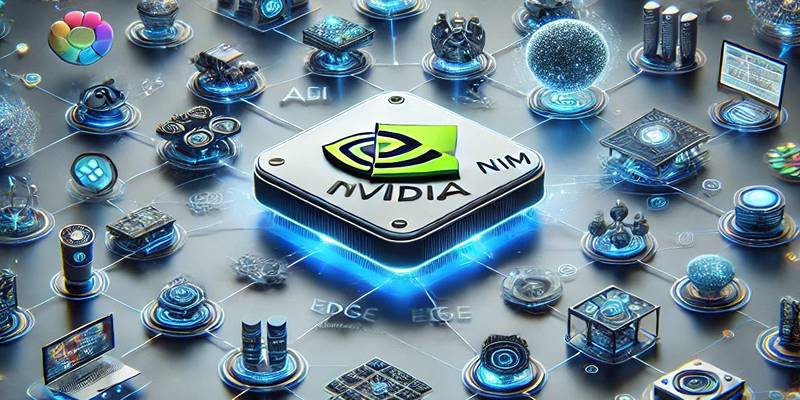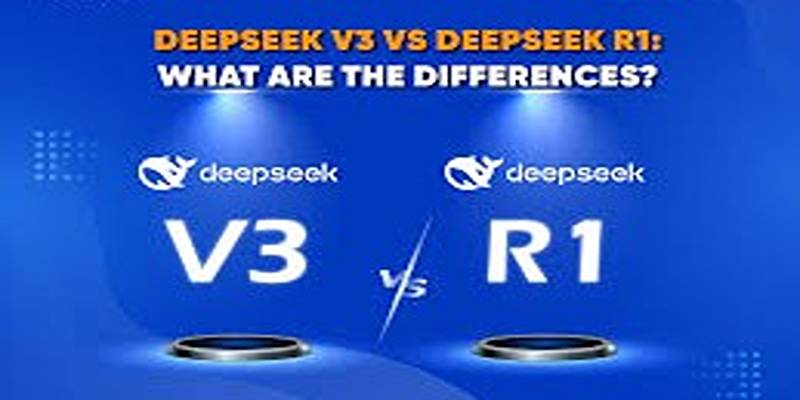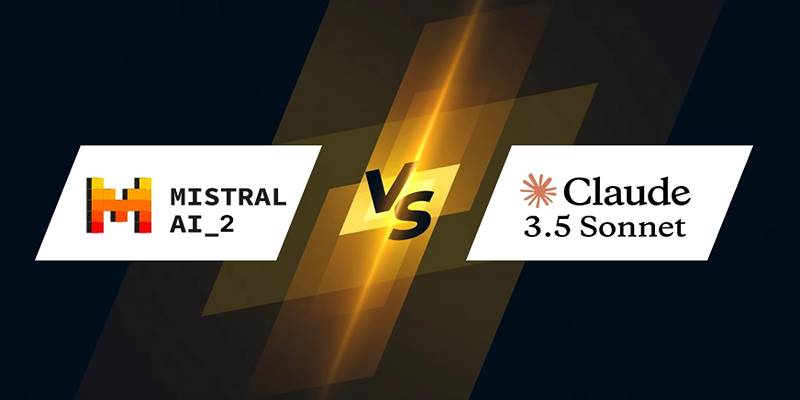The advancement of artificial intelligence continues to gain momentum, and one of the most exciting developments in recent months is the launch of Pixtral-12B—the first multimodal model by Mistral AI. Built on the foundation of the company’s flagship Nemo 12B model, Pixtral-12B integrates vision and language, allowing it to process both text and images in a single pipeline.
Multimodal models represent the next frontier in generative AI, and Pixtral-12B is a major step forward in making such technologies more accessible. This post will explore what Pixtral-12B is, what makes it special, how it works, and what its real-world capabilities suggest for the future of AI.
Pixtral-12B’s Architecture
At its core, Pixtral-12B is an extended version of Nemo 12B, Mistral’s flagship language model. What makes it unique is the addition of a 400 million parameter vision adapter, designed specifically to process visual data.
The model architecture consists of:
- 12 billion parameters in the base language model
- 40 transformer layers
- A vision adapter utilizing GeLU activation
- 2D RoPE (Rotary Position Embeddings) for spatial encoding
- Special tokens such as img, img_break, and img_end to manage multimodal input
Pixtral-12B accepts 1024 x 1024 resolution images, either through base64 encoding or image URLs. The images are divided into 16x16 patches, allowing the model to interpret the image in a fine-grained, structured manner.
Multimodal Capabilities: Bridging Vision and Language
Pixtral-12B is designed to fuse visual and textual information in a unified processing stream. It means that rather than interpreting an image and then separately processing the accompanying text, the model handles both modalities in parallel, allowing it to maintain contextual integrity.
Here’s how it achieves this:
- Image-to-embedding conversion: The vision adapter transforms pixel data into embeddings that the model can interpret.
- Text and image blending: These embeddings are integrated alongside tokenized text, allowing the model to understand the relationship between visual and linguistic elements.
- Spatial encoding: The 2D RoPE ensures that spatial structure and positioning within the image are preserved during embedding.
As a result, Pixtral-12B can analyze visual content while understanding the context provided by the surrounding text. It is particularly powerful in scenarios where spatial reasoning and image segmentation play a critical role in comprehension.
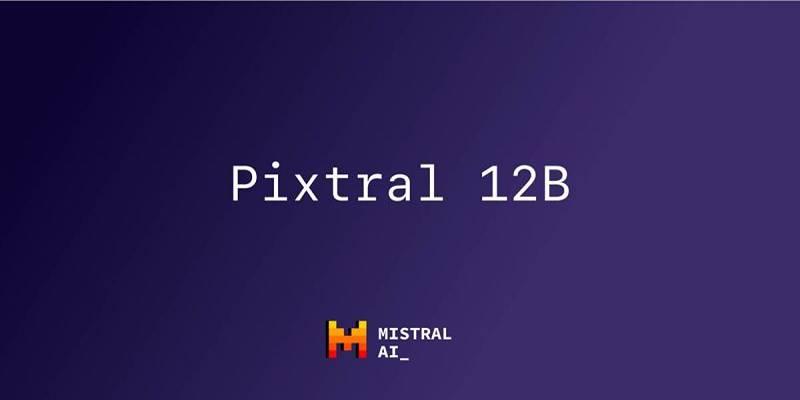
This cohesive processing enables the model to perform tasks such as:
- Image captioning
- Descriptive storytelling
- Context-aware question answering
- Detailed image analysis
- Creative writing based on visual prompts
What’s especially powerful is Pixtral’s capability to handle multi-frame or composite images, understanding transitions and actions across frames rather than simply analyzing a static shot. This dynamic comprehension is a clear indicator of the model’s deep-level spatial reasoning.
Multimodal Tokenization and Special Token Usage
An essential part of Pixtral-12B’s success in processing both images and text lies in its special token design. The model uses dedicated tokens to guide its understanding of multimodal content:
- img: Signals the beginning of an image input
- img_break: Denotes the separation between image segments
- img_end: Marks the conclusion of an image input
These tokens serve as control mechanisms that allow the model to understand the context and structure of a multimodal prompt. The use of these tokens enhances the model’s ability to align visual and textual embeddings, ensuring that image-related context does not interfere with the interpretation of the text and vice versa.
Access and Deployment
Currently, Pixtral-12B is not available through Mistral’s Le Chat or La Plateforme interfaces. However, it is openly accessible via two primary options:
1. Torrent Download
Mistral has made the model available through a torrent link. This option allows users to download the complete package, including weights and configuration files. It’s particularly suitable for those who prefer working offline or want full control over deployment.
2. Hugging Face Access
Pixtral-12B can also be accessed through Hugging Face under the Apache 2.0 license, which permits both research and commercial use. To use the model through this platform, users must authenticate using a personal access token and ensure they have adequate computing resources, especially high-end GPUs. This level of access and licensing encourages experimentation, adaptation, and innovation across a broad range of applications.
Key Features That Set Pixtral-12B Apart

Pixtral-12B introduces a combination of features that elevate it from a typical text-based model to a true multimodal powerhouse:
High-Resolution Image Support
The ability to handle images up to 1024 x 1024 in resolution, broken down into small patches, allows for nuanced visual understanding.
Large Token Capacity
With a vocabulary that supports up to 131,072 tokens, Pixtral-12B can process extremely long prompts, making it ideal for story generation or document-level analysis.
Vision Adapter with GeLU Activation
This component allows the model to adaptively process image embeddings, making integration with the core language model seamless and efficient.
Spatially-Aware Attention via 2D RoPE
The advanced vision encoder gives the model a deeper understanding of how visual elements relate to one another spatially, which is crucial for interpreting scenes, diagrams, or multiple-frame images.
Conclusion
Pixtral-12B represents a pivotal moment for Mistral AI and the broader open-source community. It is not only Mistral’s first multimodal model but also one of the most accessible and powerful open-source offerings in the field of image-text processing.
With a smart combination of vision and language modeling, Pixtral-12B can interpret images with depth and generate language that reflects a sophisticated understanding of both content and context. From sports moments to story creation, it shows how AI can bridge the gap between what you see and what you say.
